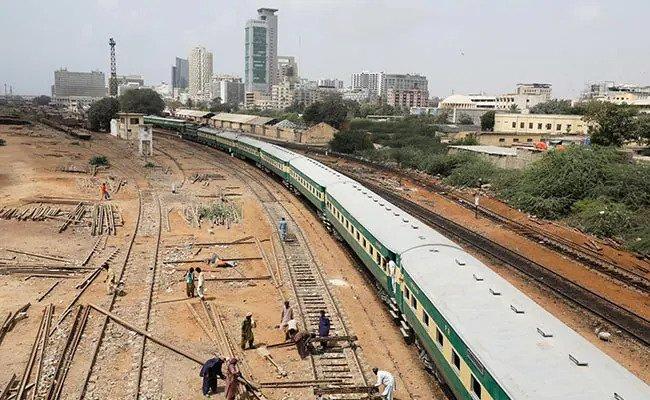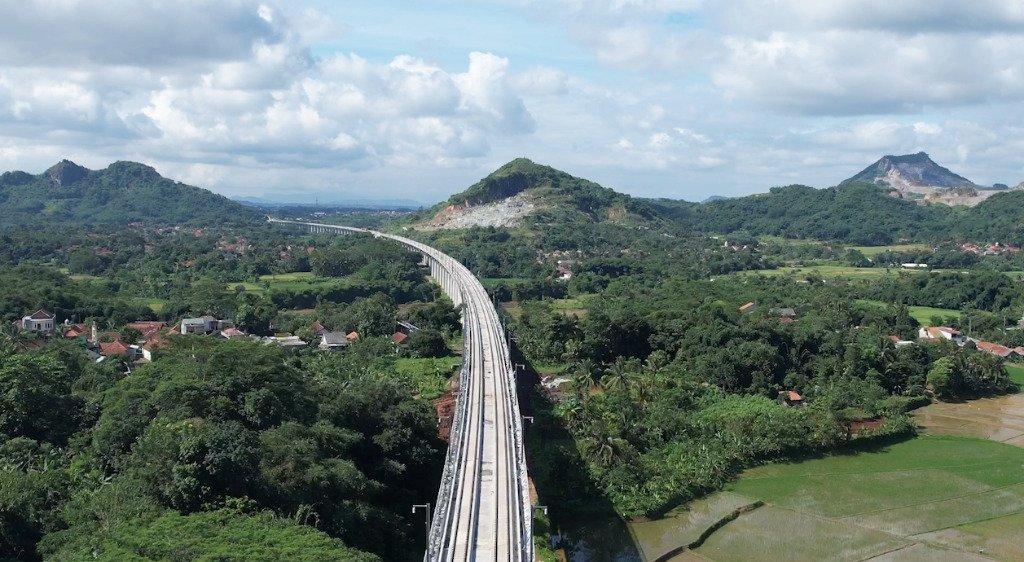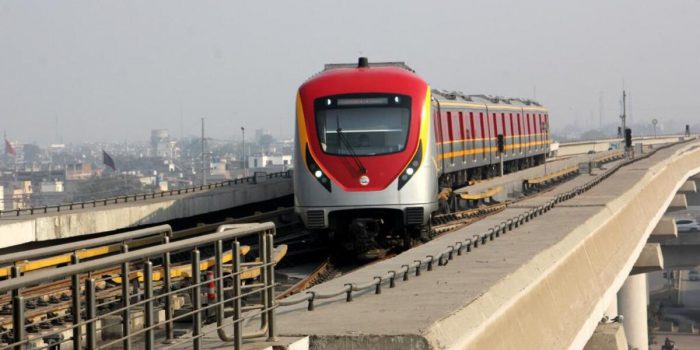China has proposed another addition to its Belt and Road Initiative (BRI) also known as One Belt One Road (OBOR), in the form of a railway transportation project. This China-Pakistan railway has a starting cost estimate of an astounding 400 billion yuan (US$57.7 billion).
According to a feasibility assessment report published by the state-owned China Railway First Survey and Design Institute Group Co Ltd. in April, the railway has “the potential to reshape trade and geopolitics across the Eurasian continent.”
PLA government and its “financial institutions should provide strong support, increase coordination and collaboration among relevant domestic departments, strive for the injection of support funds, and provide strong policy support and guarantees for the construction of this project,” the analysts said in the report.

This railway network will connect Pakistan’s Gwadar Port to Kashgar in China’s Xinjiang Uygur province. This network will become BRI’s most expensive and valuable transit asset.
The 1,860 miles (3000 km) railway will help dodge the Malacca Strait, reducing the reliance on western-dominated trade routes, and connecting China’s wet provinces with the Arabian Sea.
China was the first to conduct widespread tests of a digital fiat currency, the Digital Currency Electronic Payment (DCEP) system, and has already established the largest blockchain ecosystem in the world, connected to over 100 city nodes, according to a report from last year.
“China is already leading the world in artificial intelligence, blockchain, 5G, and quantum technology publications and patents,” Dale Aluf, Director of Research & Strategy at Sino-Israel Global Network & Academic Leadership (SIGNAL), told ZAWYA news.

“These advancements in technologies,” as per Walter Wang, Consulting Director at research and consulting firm Frost & Sullivan, in Greater China, will allow Beijing “to more efficiently promote the progress of BRI, increase the bonding between China and BRI countries, and push BRI’s hard projects.”
“Many countries aligned with BRI are rich in solar energy resources but lack the technologies and resources to construct renewable energy infrastructure,” said Wang. “Through BRI, China can export advanced renewable energy technologies and earn incentives.”
BRI’s size and scope “give[s] it [China] the potential to boost global gross domestic product (GDP) by as much as $7.1 trillion by 2040 and reduce global trade costs by up to 2.2 percent, according to the think tank Council on Foreign Relations (CFR).
The project does face some technical and security obstacles considering that the terrain isn’t exactly ideal for railway track construction. But this is sure to boost Pakistan’s economy and they will benefit from the improved infrastructure, not to mention the commerce.


